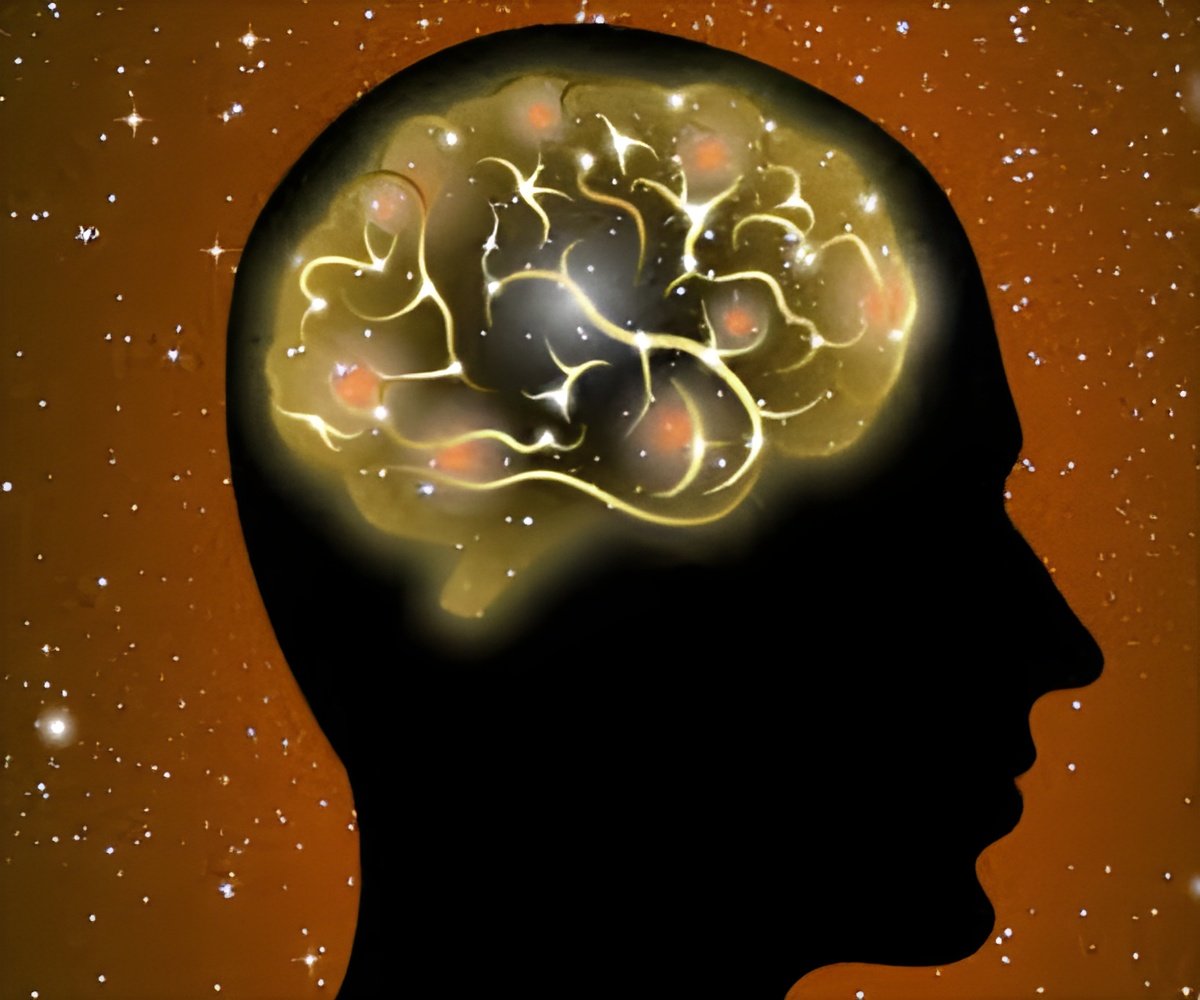
‘Noninvasive deep brain stimulation is an important goal in neuroscience and neuroengineering. Optogenetics normally requires the use of a blue laser inserted into the brain. But this new technique performs the same task by applying light outside the skull at a distance of several millimeters.’
Tweet it Now
Over recent years, scientists have benefited greatly by studying neurons engineered to be activated or inhibited in response to light, a field called optogenetics that yields valuable insights into underlying mechanisms of brain function and disease. However, the blue-green wavelengths of light that are used to activate or inhibit neurons are prone to scattering when applied within the brain, meaning that these light waves must be delivered using invasive probes that extend very close to the area that needs to be manipulated.Shuo Chen and colleagues developed a non-invasive technique where special nanoparticles, in this case, lanthanide-doped up conversion nanoparticles (UCNPs), are delivered to the desired brain region. Then, near-infrared light, which passes more easily through the brain, is applied externally to the skull.
The nanoparticles interact with the infrared light, altering it to the blue-green wavelengths required for neural stimulation. When the researchers injected UCNPs into mouse brains, electron microscopy showed that the particles remain localized in the injection area.
In mice conditioned to freeze under certain scenarios, applying the new optogenetic technique was sufficient to stop the mice's freezing behavior, the authors report. Neus Feliu et al. highlight this advance in a related Perspective.
Source-Eurekalert













